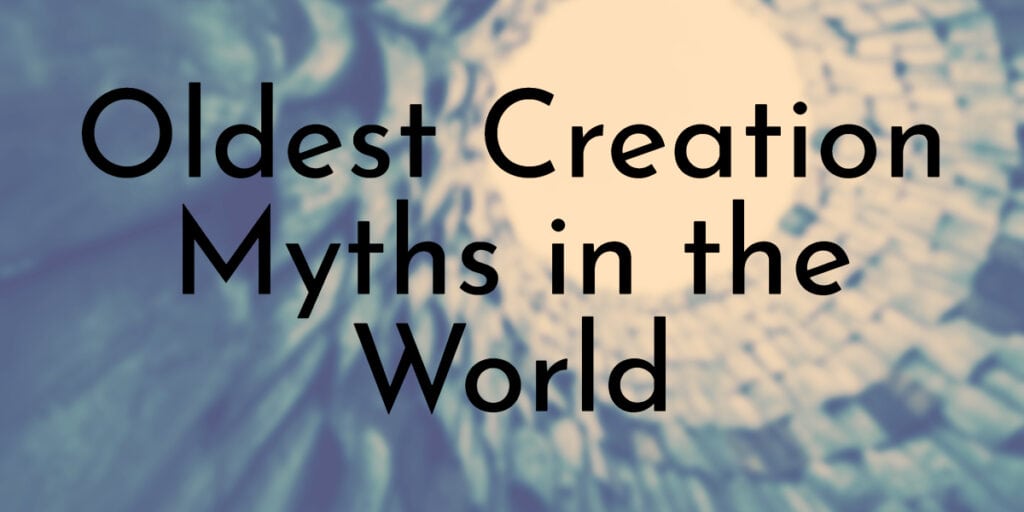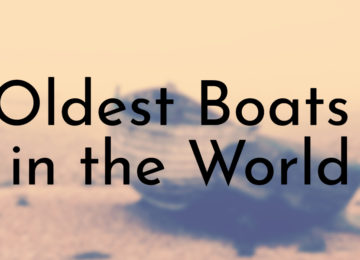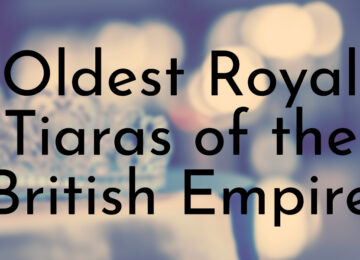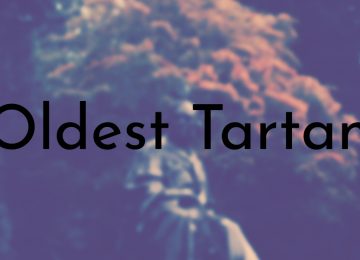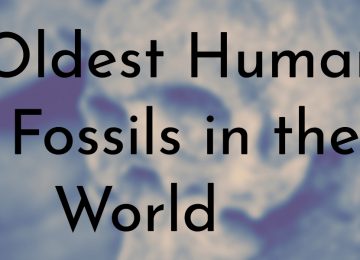For as long as humans have existed, we have sought to explain the mysteries of the universe and our place within it. Creation myths attempt to explain the origins of the world, humanity, and the divine. Many of these myths have been passed down orally for thousands of years, while others have been preserved in ancient texts and artifacts.
Despite the differences in language, culture, and geography, creation myths often share common themes and motifs, such as the role of a divine creator, the struggle between chaos and order, and the emergence of humanity.
In this article, we will explore some of the oldest creation myths from around the world and examine how these stories have shaped the beliefs and cultures of their respective societies.
7. Norse Creation Myth
Year Created: 1200s
Creator: Ymir
Geographical Origin: Scandinavia
Transmission: Words of mouth
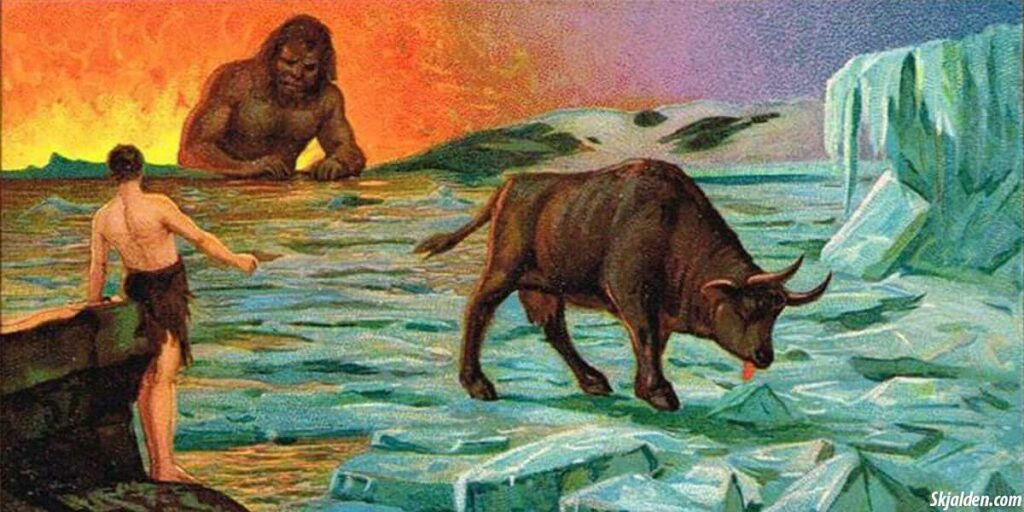
In Norse mythology, the world began as a primordial void known as Ginnungagap. The first being to emerge from the void was Ymir, a giant made of ice. Ymir was slain by Odin and his brothers, who used his body to create the world. They fashioned the earth from his flesh, the sky from his skull, and the oceans from his blood. From the sparks and embers of Muspelheim, the realm of fire, they created the sun, moon, and stars.
Odin and his brothers then created the first humans, Ask and Embla, from two trees they found on the shore. Odin gave them life and intelligence, while his brothers gave them physical attributes.
The Norse creation myth portrays a world born out of chaos and violence, with the gods using the remains of the primordial giant to bring order to the cosmos. It reflects the harsh and unpredictable nature of the Norse world and the importance of strength, cunning, and bravery in the face of adversity.
Did You Know?
The Norse believed that the world was divided into nine realms governed by a different deity. These realms were connected by Yggdrasil, the world tree, which stood at the center of the universe.
6. Hindu Creation Myth
Year Created: 1500 BCE
Creator: Brahma
Geographical Origin: India
Transmission: Narratives
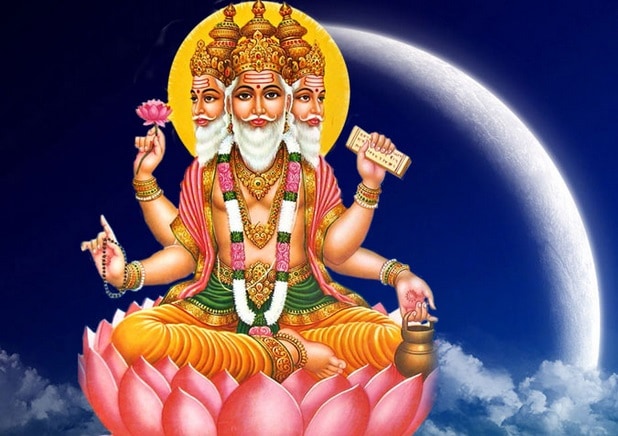
The Hindu creation myth begins with the universe existing in a state of chaos and darkness, with no form or structure. The god Brahma emerged from this chaos and created the universe by separating the elements of earth, water, fire, air, and ether. Brahma then created the first living beings, the gods and the demons.
However, the gods and demons could not coexist peacefully, and they fought a great battle, with the gods emerging victorious. The gods then asked Brahma to create humans to worship and serve them.
Brahma created the first humans, but they were imperfect and lacked knowledge and understanding. To correct this, the gods gave them the Vedas, a collection of sacred texts, and taught them how to perform rituals and ceremonies.
Did You Know?
The Hindu creation myth is known as the Purusha Sukta and is part of the Rigveda, one of Hinduism’s oldest and most important texts.
5. Eridu Genesis
Year Created: 1600 BCE
Creator: An. Enlil, Enki, Ninhursag
Geographical Origin: Eridu, Mesopotamia
Transmission: Word of mouth, Clay tablets in cuneiform script
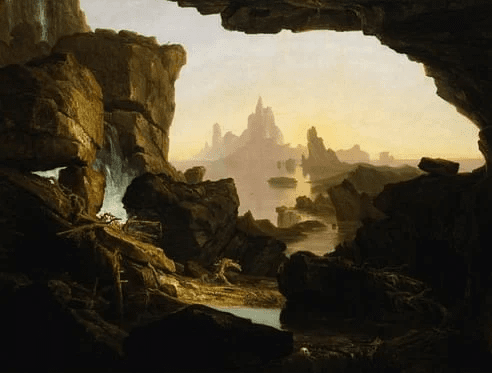
The Eridu Genesis is an ancient Mesopotamian creation myth describing the world’s origins and humanity. It begins with the creation of the gods, and Enki, the god of wisdom, creating a home for them on Earth. Enki then created humans out of clay and gave them the task of serving the gods.
Humans became too numerous and noisy as time passed, annoying the gods. The gods decided to send a flood to destroy humanity, but Enki warned one man, Ziusudra, of the impending disaster and instructed him to build a boat to save himself and his family.
Ziusudra survived the flood and was rewarded by the gods with eternal life. The story concludes with a hymn to Enki, praising him for his wisdom and his role in creating the world and saving humanity.
Did You Know?
The Eridu Genesis is one of the earliest recorded versions of the flood myth that appears in many cultures worldwide.
4. Enuma Elish
Year Created: 12th century BCE
Creator: Marduk
Geographical Origin: Mesopotamia
Transmission: Word of mouth, Clay tablets in cuneiform script
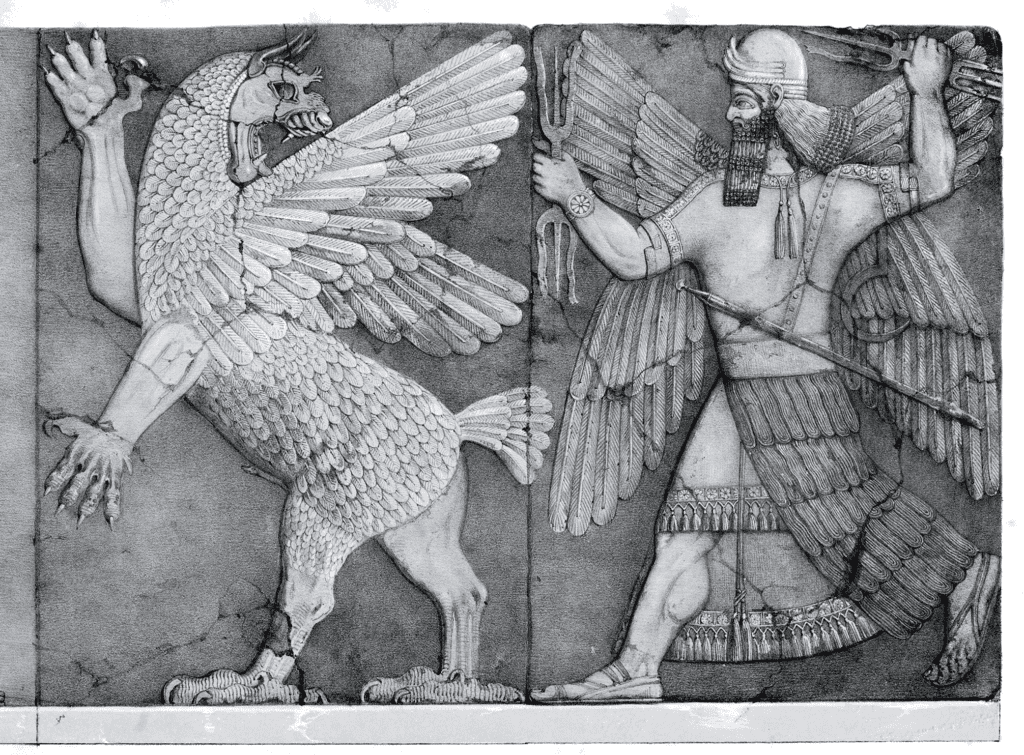
The Enuma Elish is an ancient Babylonian creation myth about how the world and humans came into being. The myth begins by describing the universe’s primordial state, represented by the god Tiamat, the personification of chaos. From this chaos, two other gods emerged: Apsu, the god of freshwater, and his consort, Tiamat’s mate.
Apsu and his consort had children, who became noisy and disruptive, so Apsu planned to kill them. However, his plan was foiled by one of his children, Ea, who killed Apsu instead. Tiamat was outraged by the death of her mate, so she decided to avenge him by creating an army of monsters. She also created a new consort, Kingu, and gave him the Tablets of Destiny, which gave him the power to control the universe.
Did You Know?
The story ends with a hymn to Marduk, praising him for his victory and creation of the world. The Enuma Elish is an important work of Babylonian mythology and provides insight into the worldview and beliefs of ancient Babylonians.
3. Greek Creation Myth
Year Created: 3000 to 1100 BCE
Creator: Chaos, Gaia, and Eros
Geographical Origin: Ancient Greece
Transmission: Papyrus scrolls
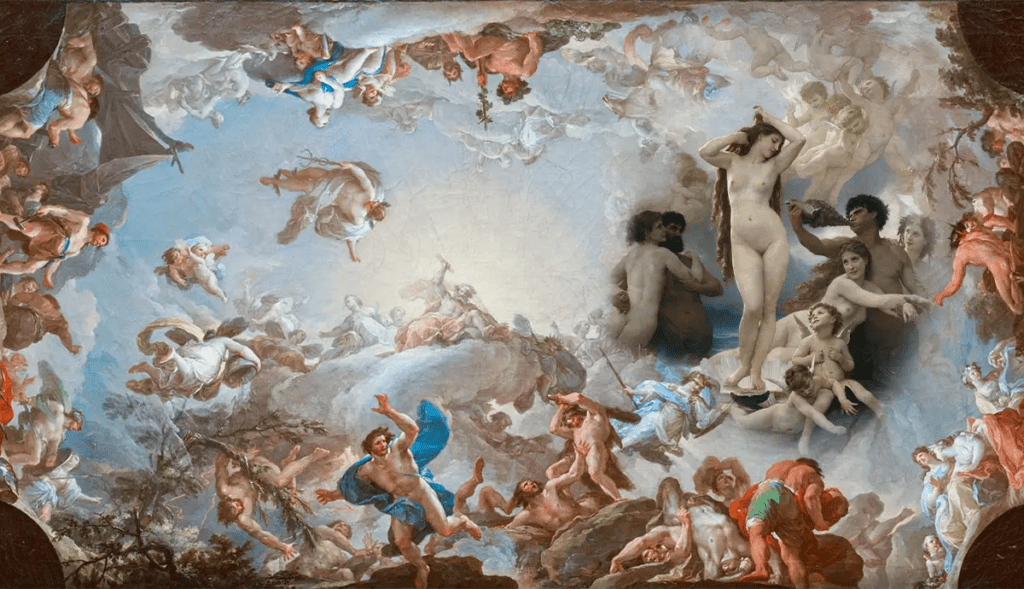
In Greek mythology, the creation of the universe is attributed to the primordial deities, Chaos, Gaia (Earth), and Eros (Love). According to the myth, Chaos was the universe’s initial state, a void of darkness and emptiness. From Chaos emerged Gaia, who became the personification of the Earth, and Eros, who represented the force of love and attraction.
Gaia then gave birth to Uranus, the sky, and they became the first divine couple. They had many children, including the twelve Titans, the three Cyclopes, and the three Hecatonchires (giants with one hundred arms each). Uranus, however, was a cruel and domineering father, and he imprisoned the Cyclopes and Hecatonchires in Tartarus, the deepest part of the underworld.
Did You Know?
The Greek creation myth includes the origin stories of many of the gods and goddesses worshiped by the ancient Greeks, including Aphrodite, Apollo, and Athena.
2. Egyptian Creation Myth
Year Created: 3100 to 2686 BCE
Creator: Atum
Geographical Origin: Egypt
Transmission: Pyramid and Coffin texts
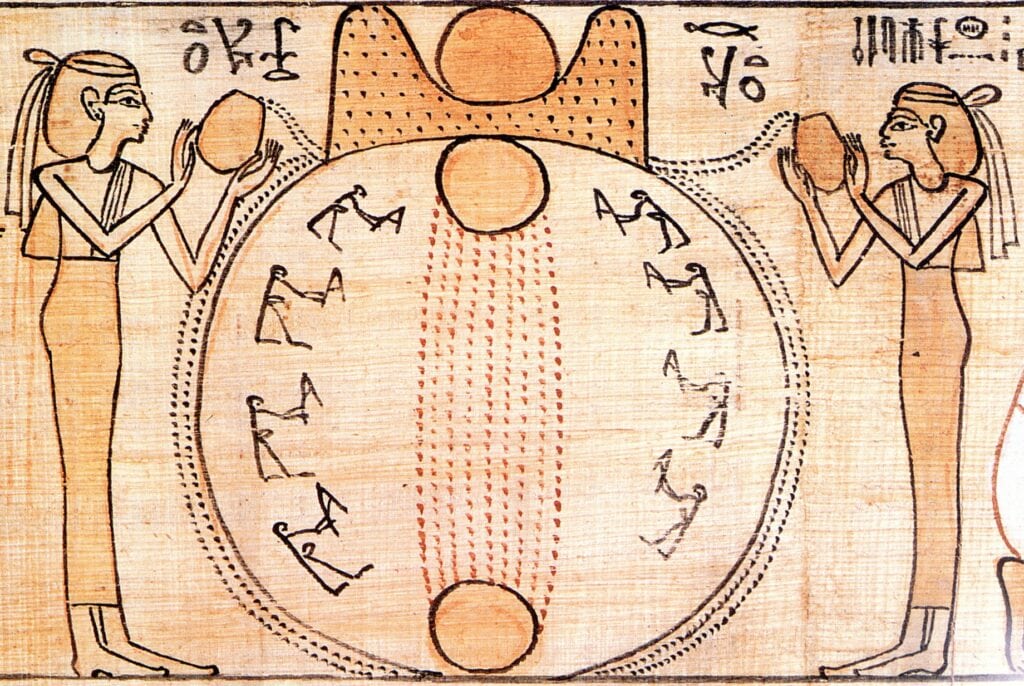
According to the Egyptian Creation Myth, the world began as an infinite and lifeless expanse of water known as Nu. From this water emerged a mound of earth called the benben, and the god Atum appeared on top of this mound. Atum was the first god, and he created himself by speaking his name into existence.
Atum then created the god Shu, representing air, and Tefnut, representing moisture. Shu and Tefnut gave birth to the earth god Geb and the sky goddess Nut. Geb and Nut were lovers, but their father, Shu, separated them, creating the space between Earth and the sky.
The story explains the origins of the world, the creation of the gods, and the relationships between them. It was an essential part of ancient Egyptian religion. It was used to explain the natural phenomena of the world and reinforce Egyptian society’s social and political hierarchy.
Did You Know?
The creation myth was just one part of a rich and complex religious tradition that included a pantheon of gods and goddesses, elaborate rituals, and a focus on the afterlife.
1. Dreamtime
Year Created: 65,000 years ago
Creator: Ancestral Spirits
Geographical Origin: Australia
Transmission: Word of mouth, Written form
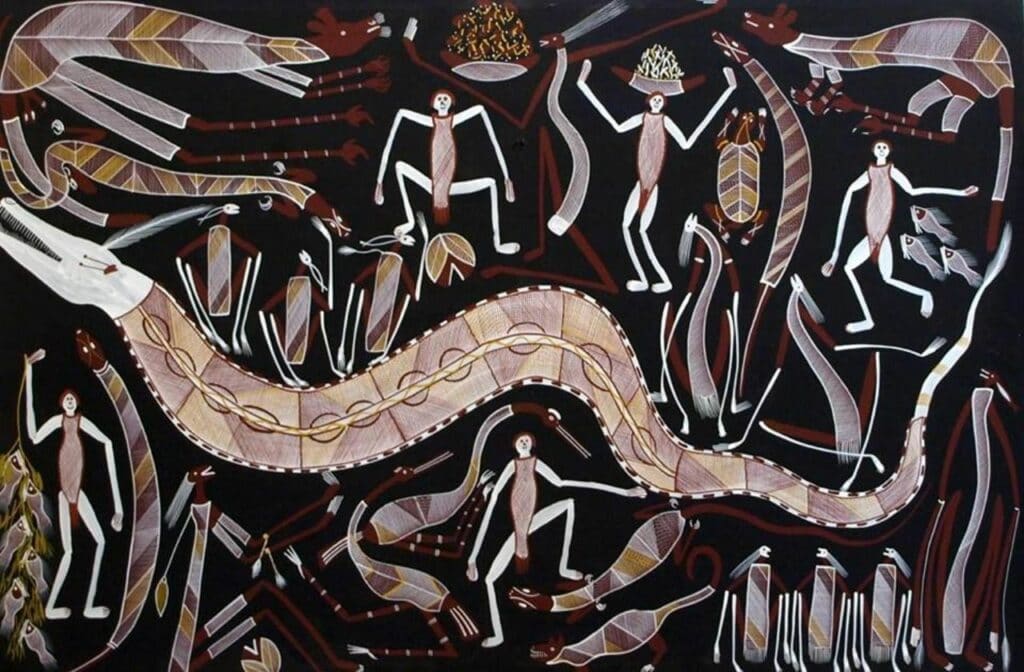
Dreamtime is a creation myth that is considered to be the oldest and most complex in the world. It is an important part of the culture and belief system of the Indigenous Australians, who have inhabited the continent for over 60,000 years.
According to the Dreamtime myth, the world was created by powerful spiritual beings who moved across the land, sea, and sky, creating mountains, rivers, and animals as they went. These beings were known as Ancestral Spirits or Ancestors, and they created everything that exists today.
The Dreamtime is a complex and multifaceted concept that includes stories, ceremonies, rituals, and art. It is also the basis of the Indigenous Australians’ spiritual and cultural beliefs and continues to influence their lives and worldview today.
Did You Know?
Dreamtime is also recognized as a significant part of Australia’s cultural heritage, and efforts are being made to preserve and celebrate it.


